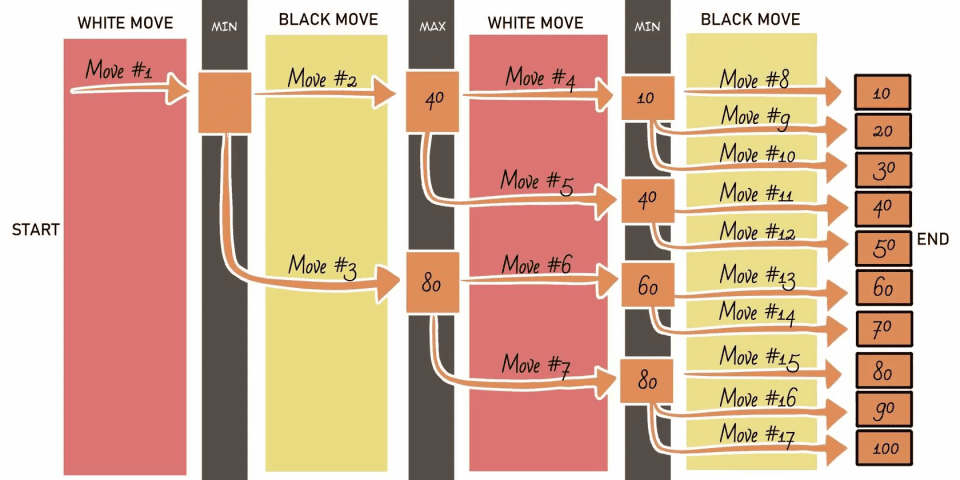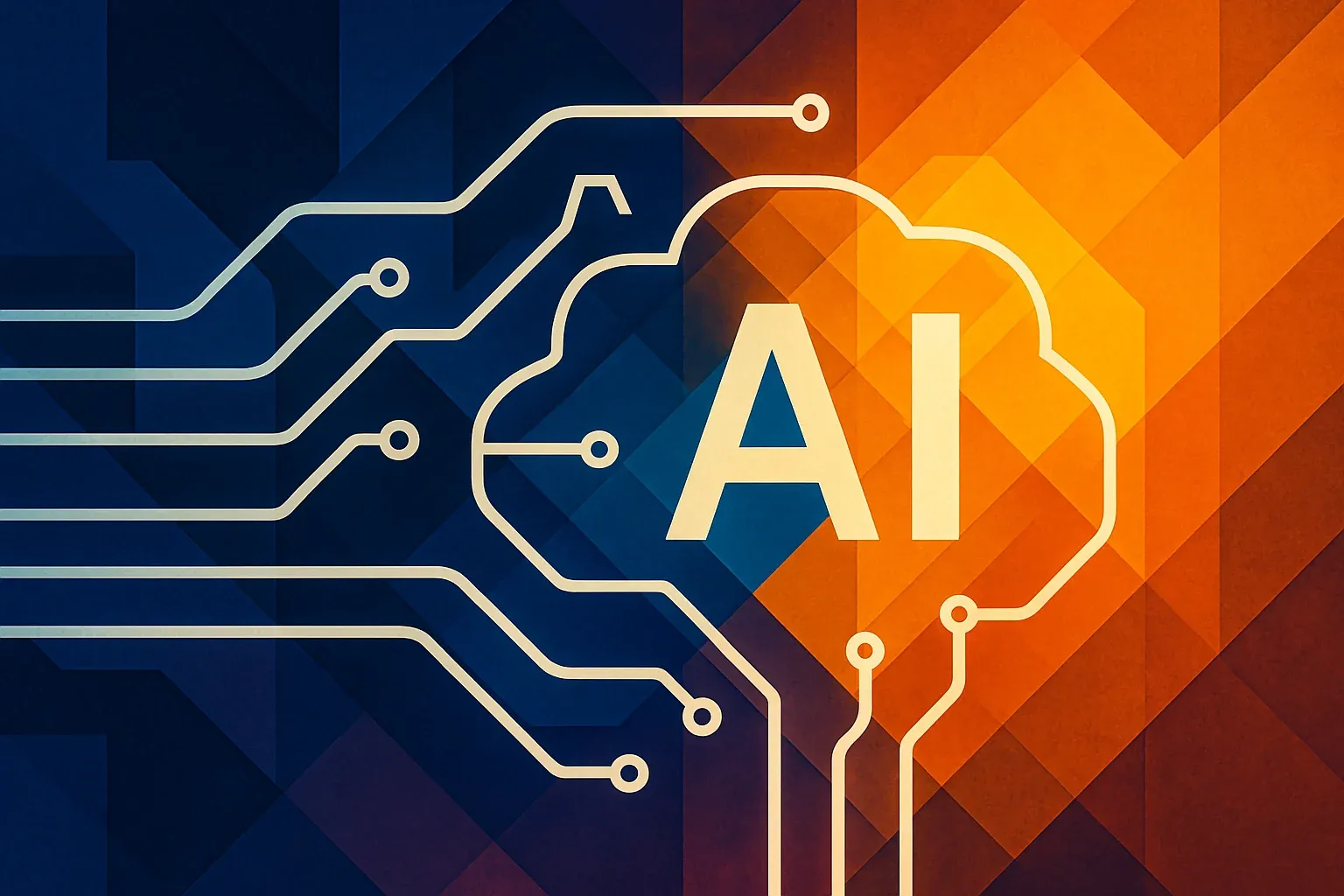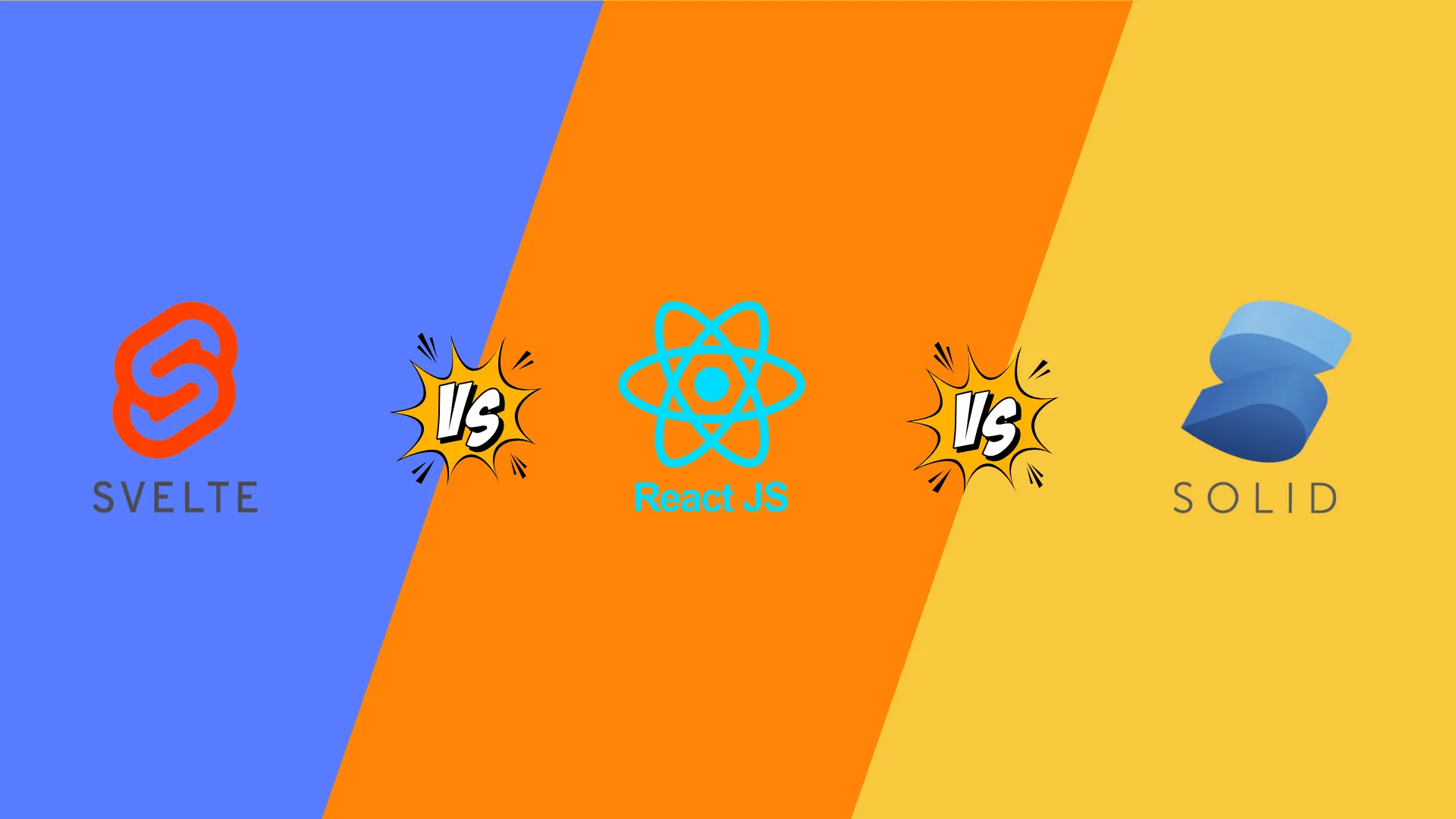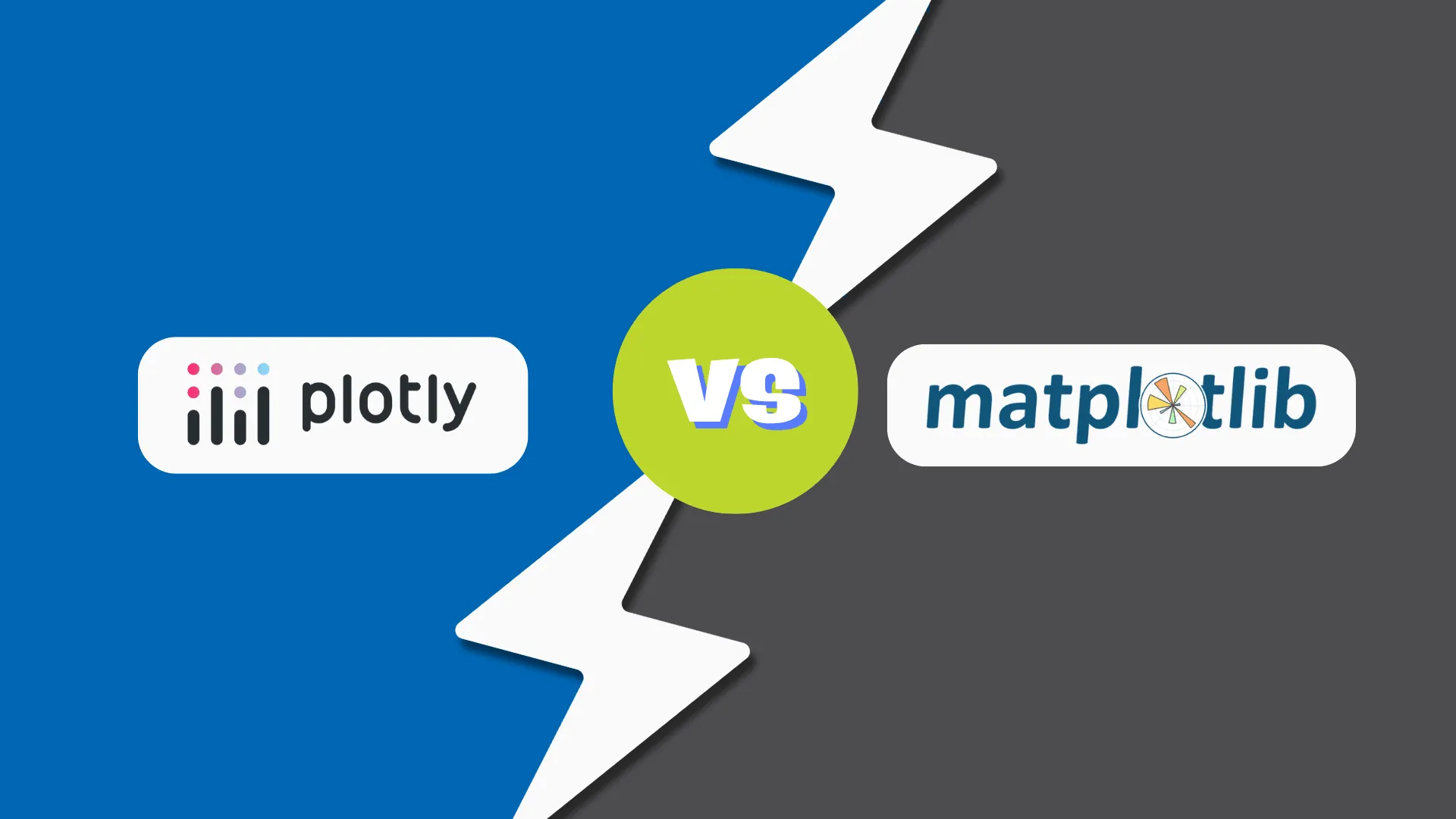Data is everywhere, from social media posts to financial records, but making sense of it all can be overwhelming. This stage necessitates the expertise of data analysts and data scientists, who play a crucial role in uncovering the hidden insights within the data. But have you ever found yourself puzzled by the distinctions between these roles? Don’t worry, let’s take a closer look at what they do and what skills they have, as well as where their careers can take them.
Data Analyst: The Master of Making Sense of Messy Data
Data analytics is like a puzzle-solving game with data. Data analysts are the detectives who spend their days collecting, cleaning, and organizing this vast amount of information to transform it into actionable insights.
A data analyst’s responsibilities can be broadly categorized into three main areas:
Data Collection and Cleaning:
- ● Gathering data through various methods such as surveys and tracking systems.
- ● Ensuring data quality by removing duplicates, errors, or outliers to maintain integrity.
- ● Developing records management processes and identifying areas for efficiency and automation.
Data Analysis and Interpretation:
- ● Utilizing statistical software and programming languages like R, SAS, Python, and SQL for data analysis.
- ● Applying statistical methods to interpret data, identify trends, make predictions, and perform exploratory data analysis (EDA) to understand underlying patterns.
- ● Designing and creating database structures for modeling data.
Presentation and Reporting:
- ● Creating dashboards, charts, and visual aids using tools like Tableau, Power BI, or Excel to support decision-making.
- ● Communicating findings through visualizations, written reports, and presentations to stakeholders.
- ● Collaborating with management and various departments to align business and informational priorities, thereby facilitating actionable business insights.
Essential Skills Required To Become A Data Analyst
Data analysts need to excel in handling data – like cleaning it up and making it easy to understand. They must be proficient in tools like SQL, Excel, and Python to dig into the data and find what they need. They should be familiar with programs like Power BI and Tableau for analyzing and visualizing data. It’s also important for them to have a good grasp of statistics and possess strong analytical, numerical and technical skills, along with business knowledge.
Data analysts need strong soft skills to focus on the client’s needs and be results-oriented. This includes effective communication to convey complex findings clearly, critical thinking for analyzing data and solving problems, attention to detail to ensure accuracy, adaptability to handle dynamic challenges, collaboration for working in teams, and time management for meeting deadlines efficiently.
What Qualification Makes A Great Data Analyst
To be a data analyst, a bachelor’s degree in any field that builds strong analytical skills can work. That could be computer science, statistics, engineering, economics, or even business (think MBA). The key is to have a strong foundation in working with data.
Career Paths For The Modern Data Analyst
A data analyst could often progress to senior data analyst or business analyst roles. Furthermore, the job market remains highly favorable with strong demand across various industries. Data analysts’ expertise in data querying, analysis, and visualization tools positions them as key players in helping businesses make informed decisions based on historical data and identified trends.
Data Scientist: Making Predictions with the Power of Data
While data analysts focus on interpreting existing data to provide actionable insights, data scientists dig deeper into the data ecosystem.
So, what exactly does a data scientist do? Well, they’re the ones who build models, create algorithms, and design the whole data setup. They’re all about making systems and tools that automate things and get the data a company needs to tackle tricky questions. They use advanced techniques like statistics, machine learning (ML) and artificial intelligence (AI) to reveal hidden relationships in data and build models that can make predictions about the future. Their role is pivotal in using data to understand phenomena and assist organizations in making informed decisions.
Their responsibilities can be categorized into three areas:
- ● Predictive Modeling: Creating algorithms and data models to forecast outcomes, utilizing machine learning to enhance data or product quality.
- ● Data Analysis and Visualization: Deploying tools like Python, R, SAS, and SQL for in-depth data analysis and creating sophisticated data visualizations.
- ● Strategic Decision-Making: Working closely with business units to identify issues and propose data-driven solutions for effective decision-making.
Essential Skills Required To Become A Data Scientist
Data scientists share a lot of skills and tools with data analysts, but their role goes beyond just analyzing data.
For setting up best practices for handling data and creating AI tools that others can use to understand data better, they should possess expertise in machine learning, deep learning, and programming languages like Python and R.
Also, they’re all about automating repetitive tasks and using AI and machine learning to predict future trends.
In addition to data analysis skills, they need to know how to manage raw data, build data pipelines, understand advanced math concepts, and create statistical models to make sense of complex data.
What Qualification Makes A Great Data Scientist
Data scientists often require more advanced degrees, such as a master’s degree or Ph.D. in computer science, statistics, data science, economics, or closely related fields.
Career Paths For The Modern Data Scientist
Data scientists can advance to a lead data scientist or machine learning engineer positions. Their highly technical skill set secures competitive salaries and abundant opportunities in both large and small companies across most industries.
For example, let’s say there’s a data scientist working for a ride-sharing company. They use old or historical data about traffic and how people use the app to predict when rides will be busy and how much they should cost. This helps make things better for users and helps the company optimize its resources.
So, how do you choose between these fascinating data professions? Consider your interests and skill set. If you love organizing information and uncovering clear trends, data analysis might be your perfect fit. However, if you crave building complex models and exploring the world of AI, data science could be your calling.
The good news? No matter which path you choose, you’ll be in high demand. The job outlook for both data analysts and data scientists is booming, with ample opportunities for growth and impact. And who knows, maybe you’ll even find yourself transitioning from data analyst to data scientist as you gain experience and develop your skills.






